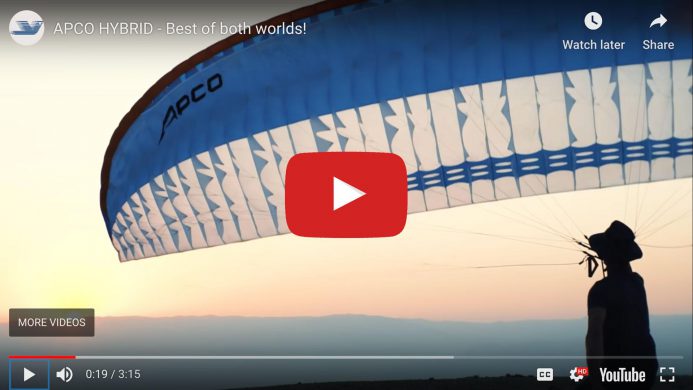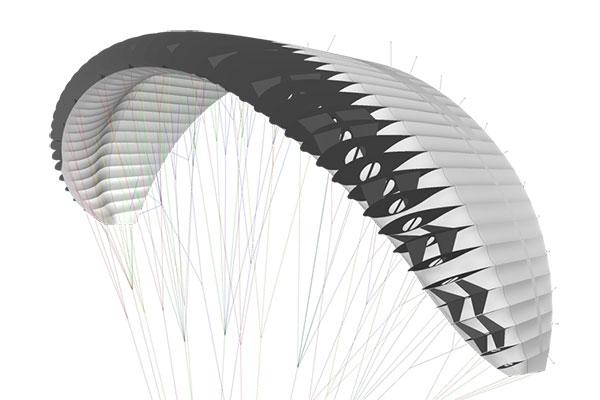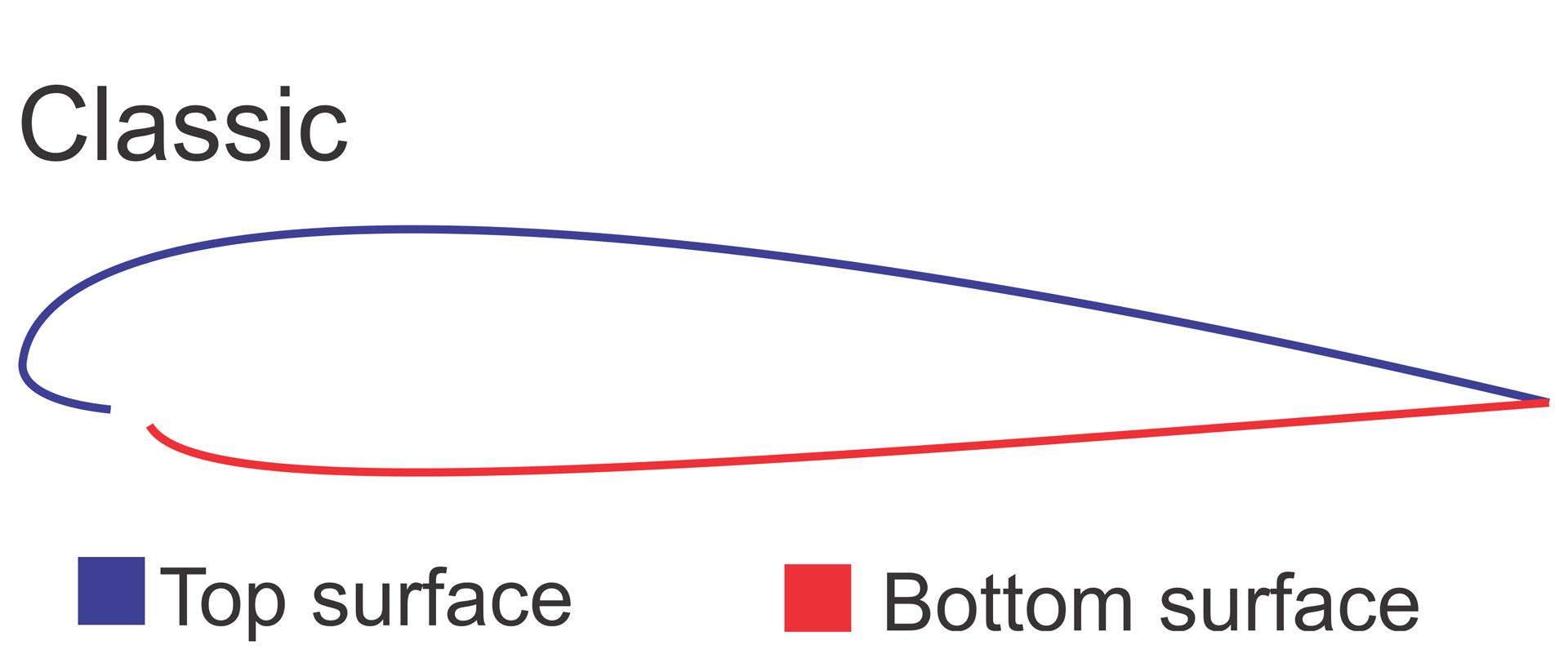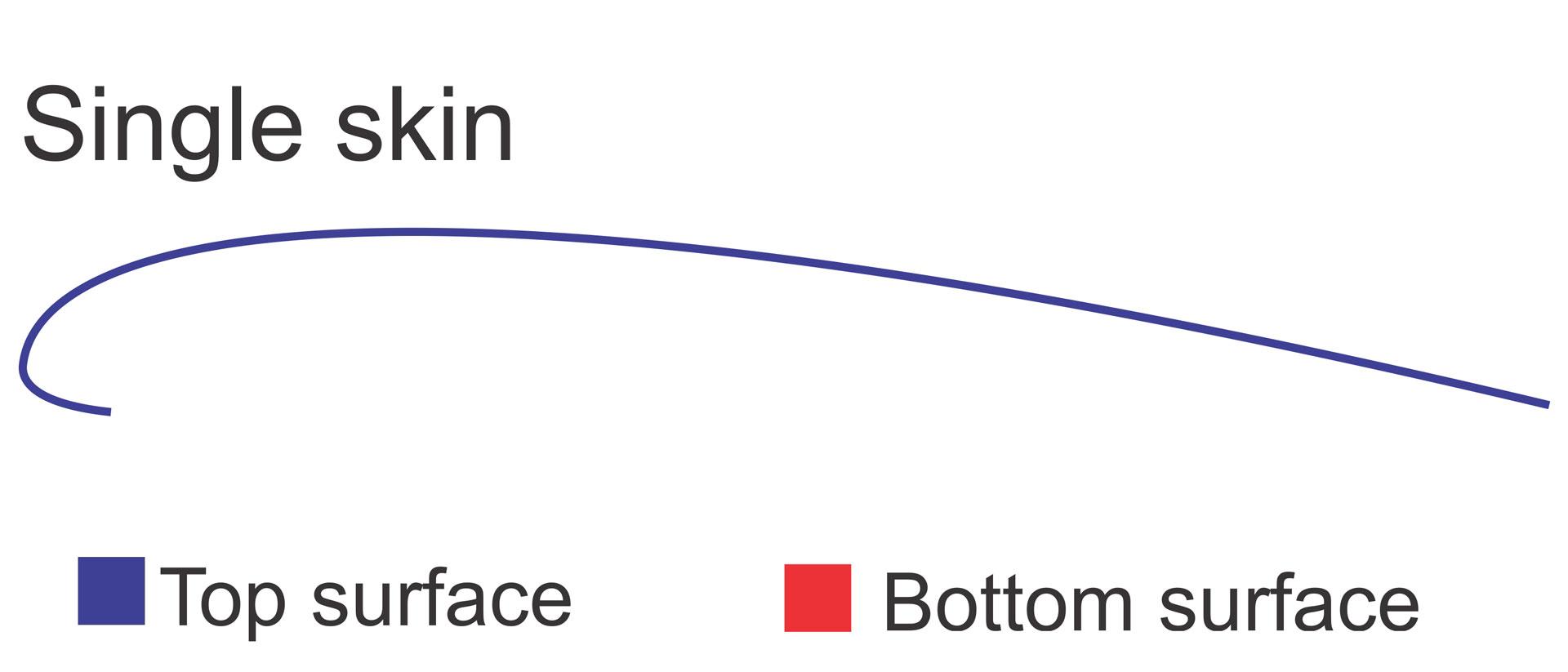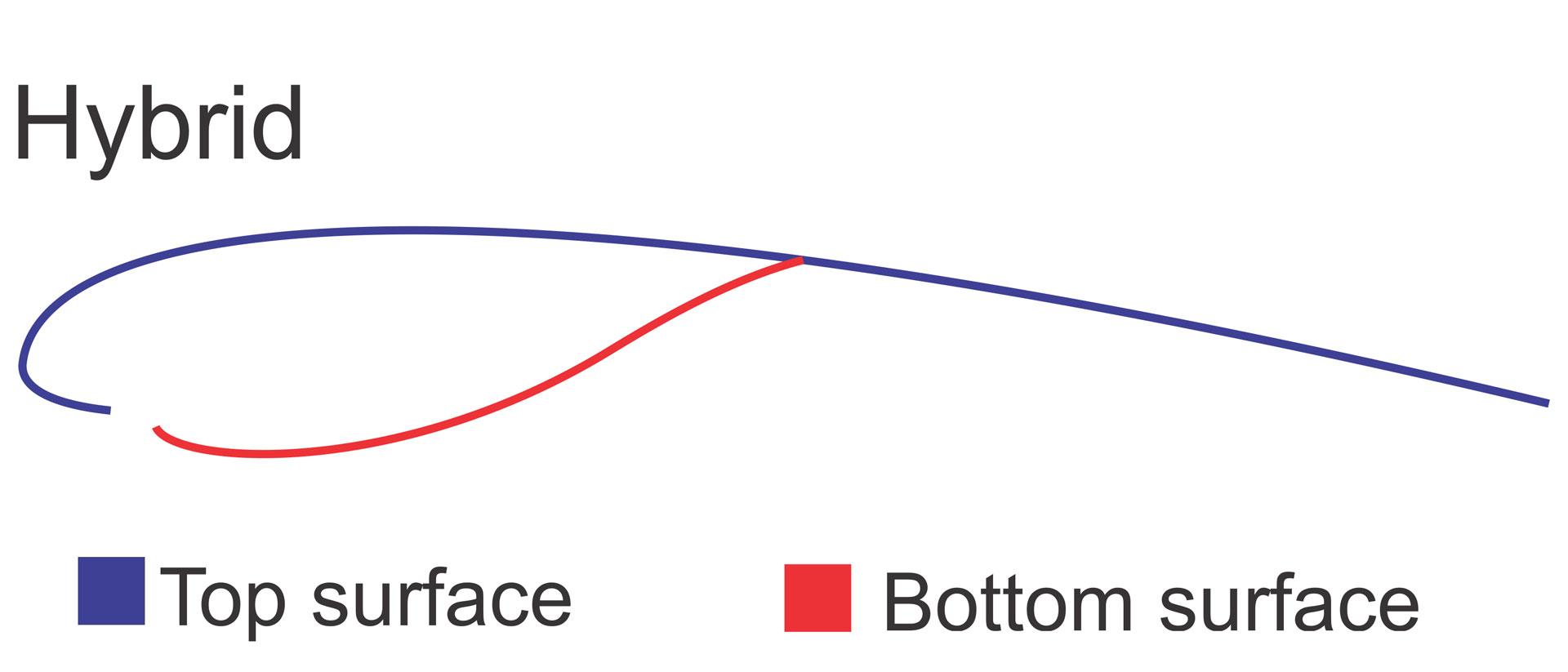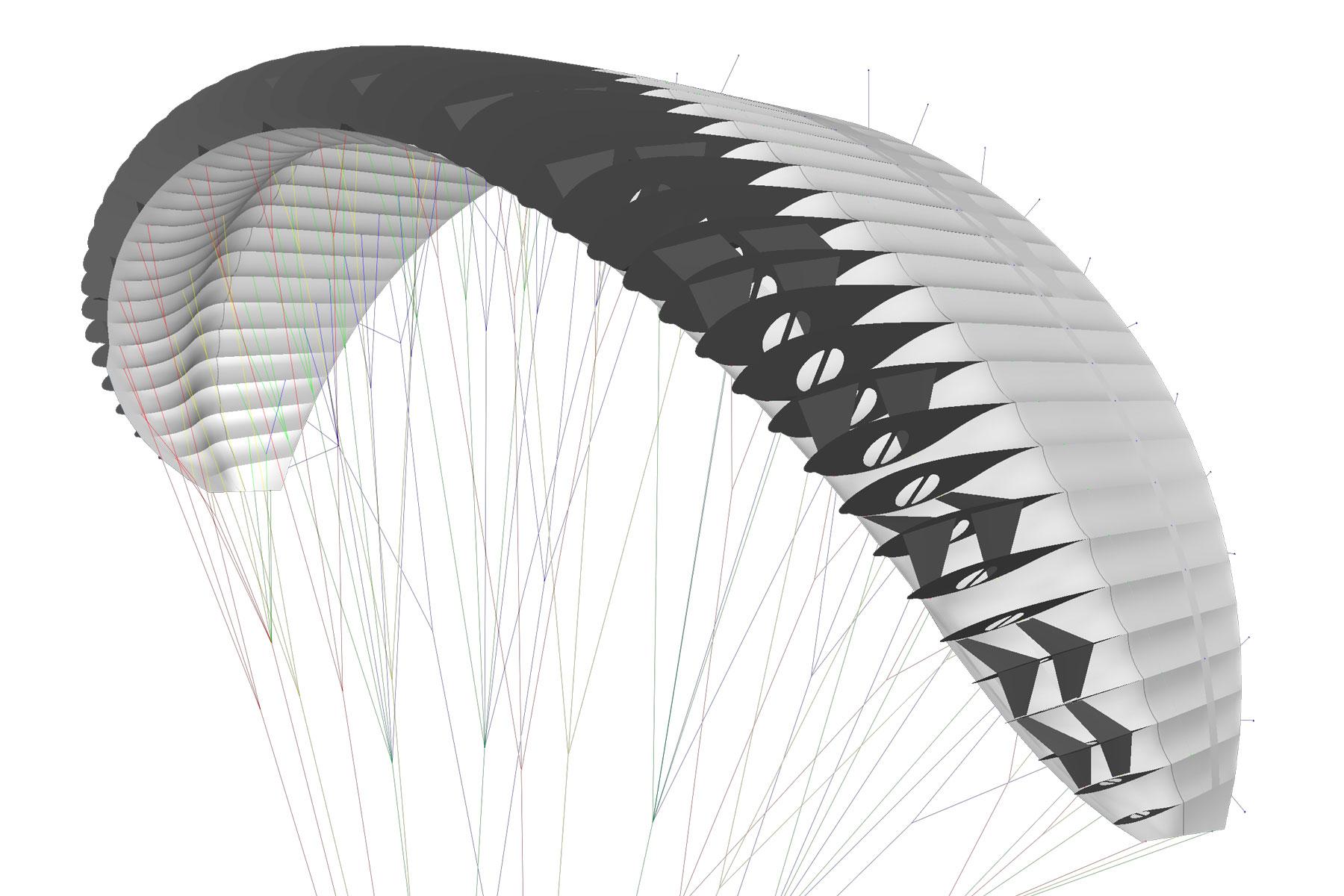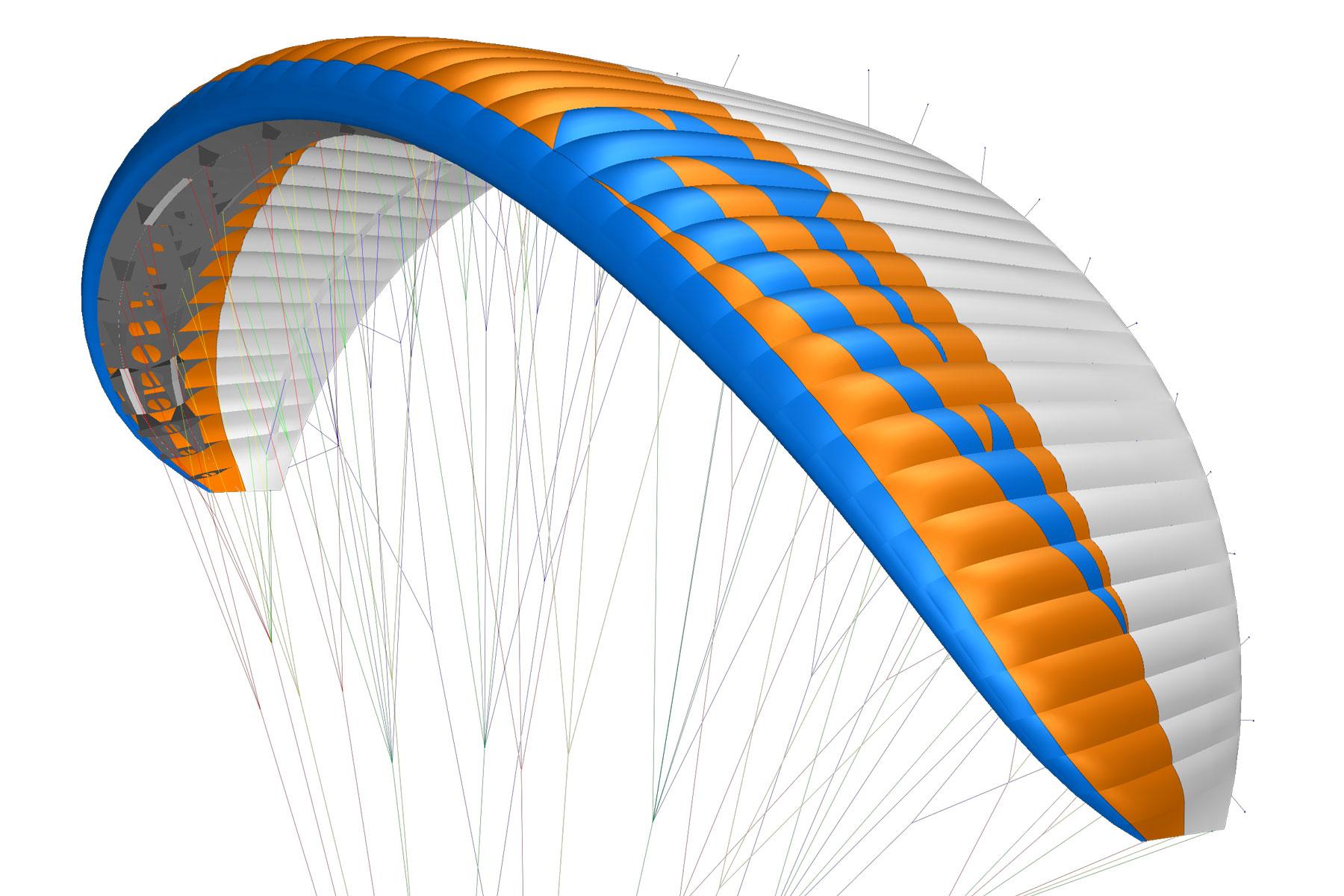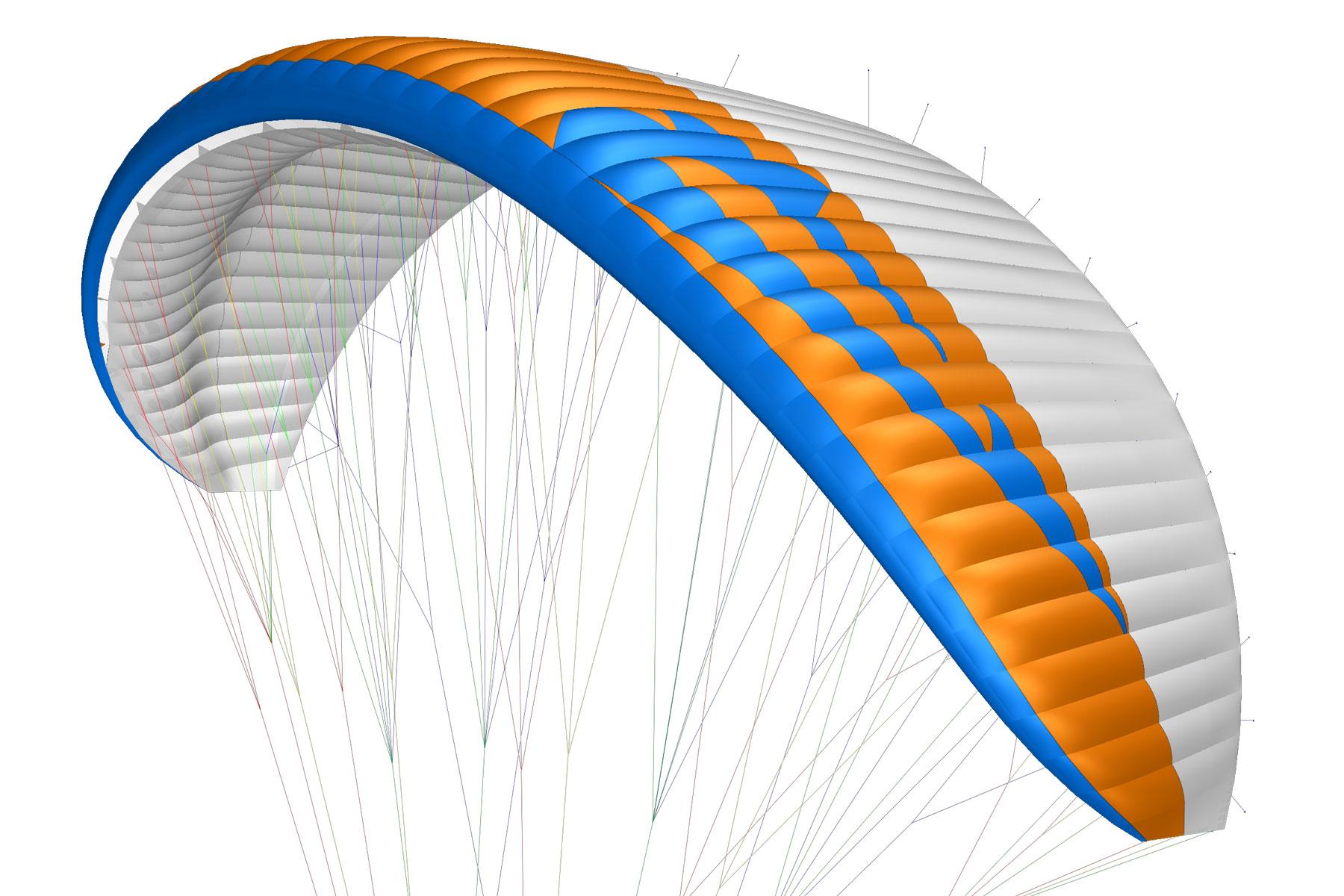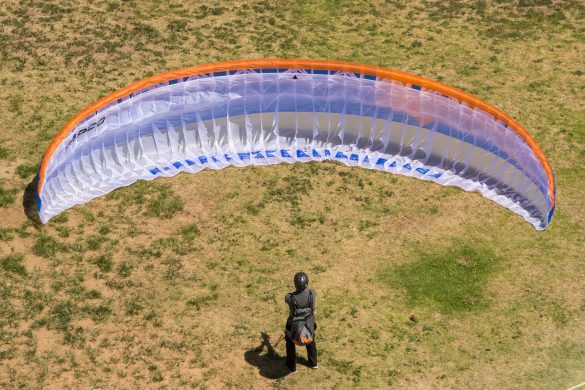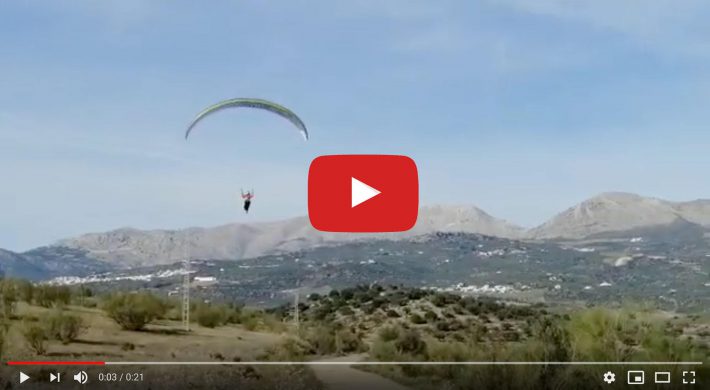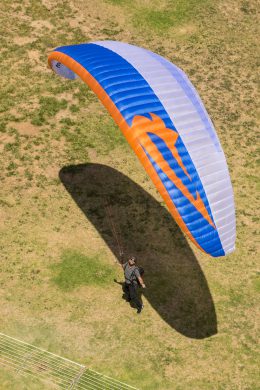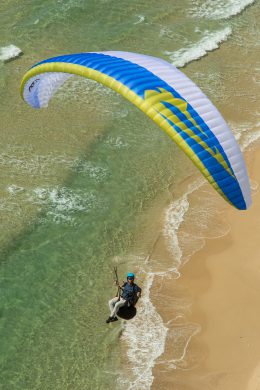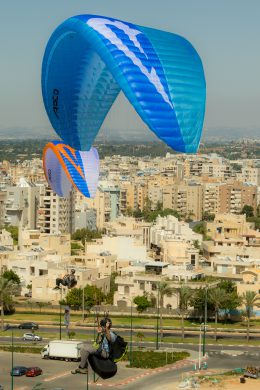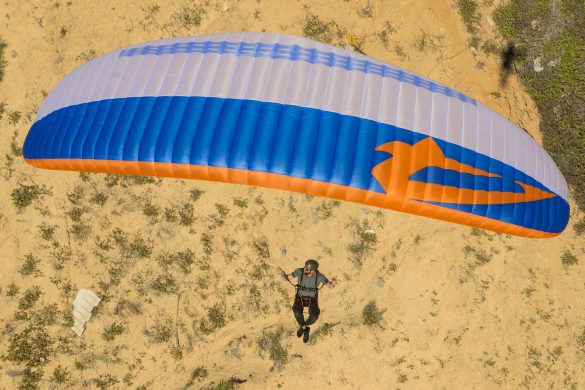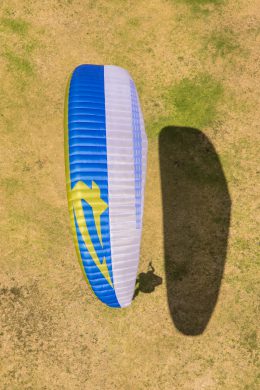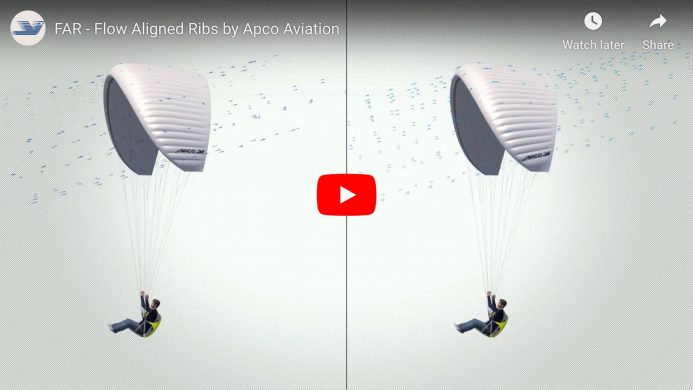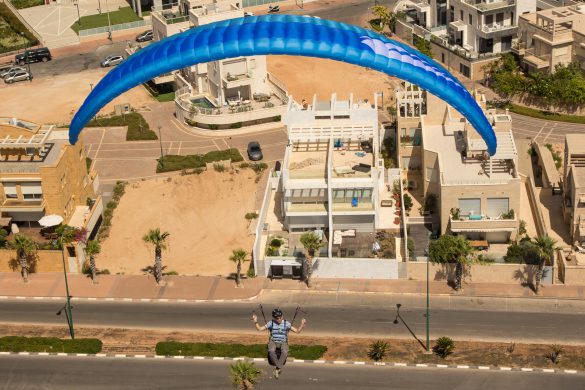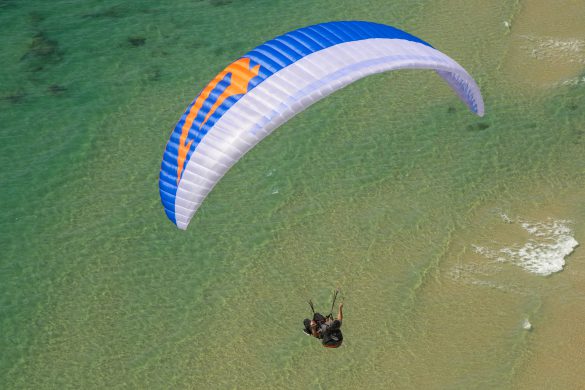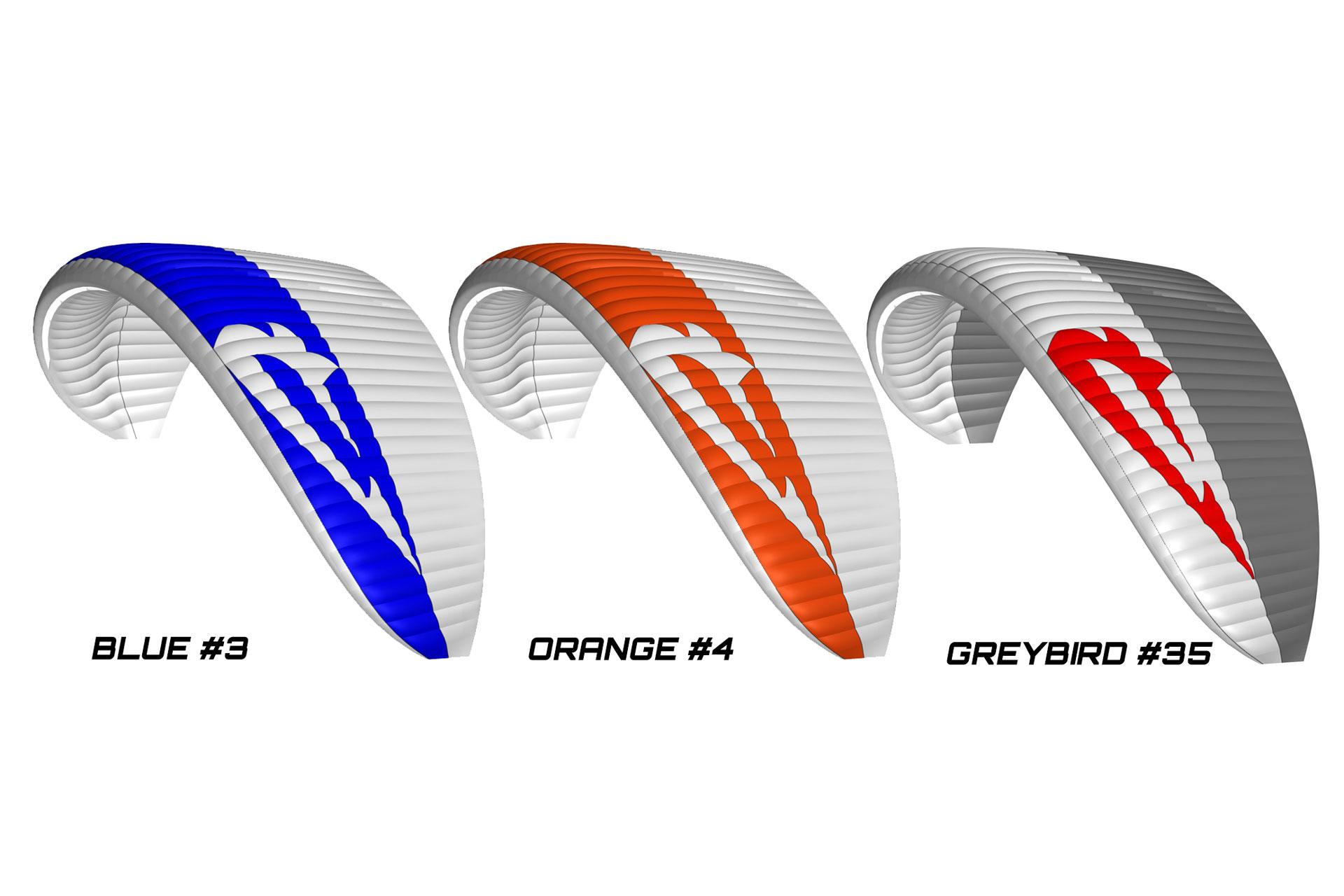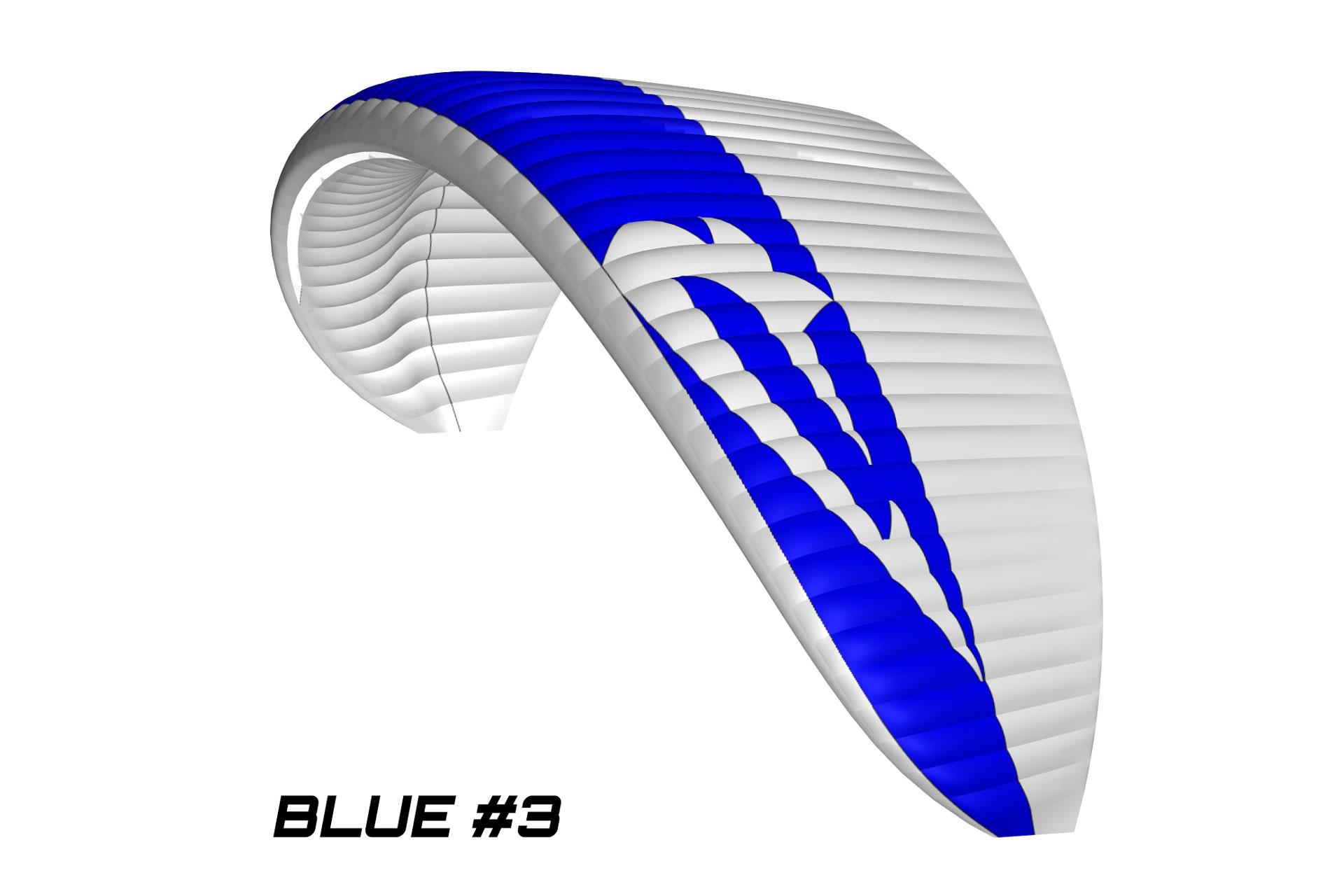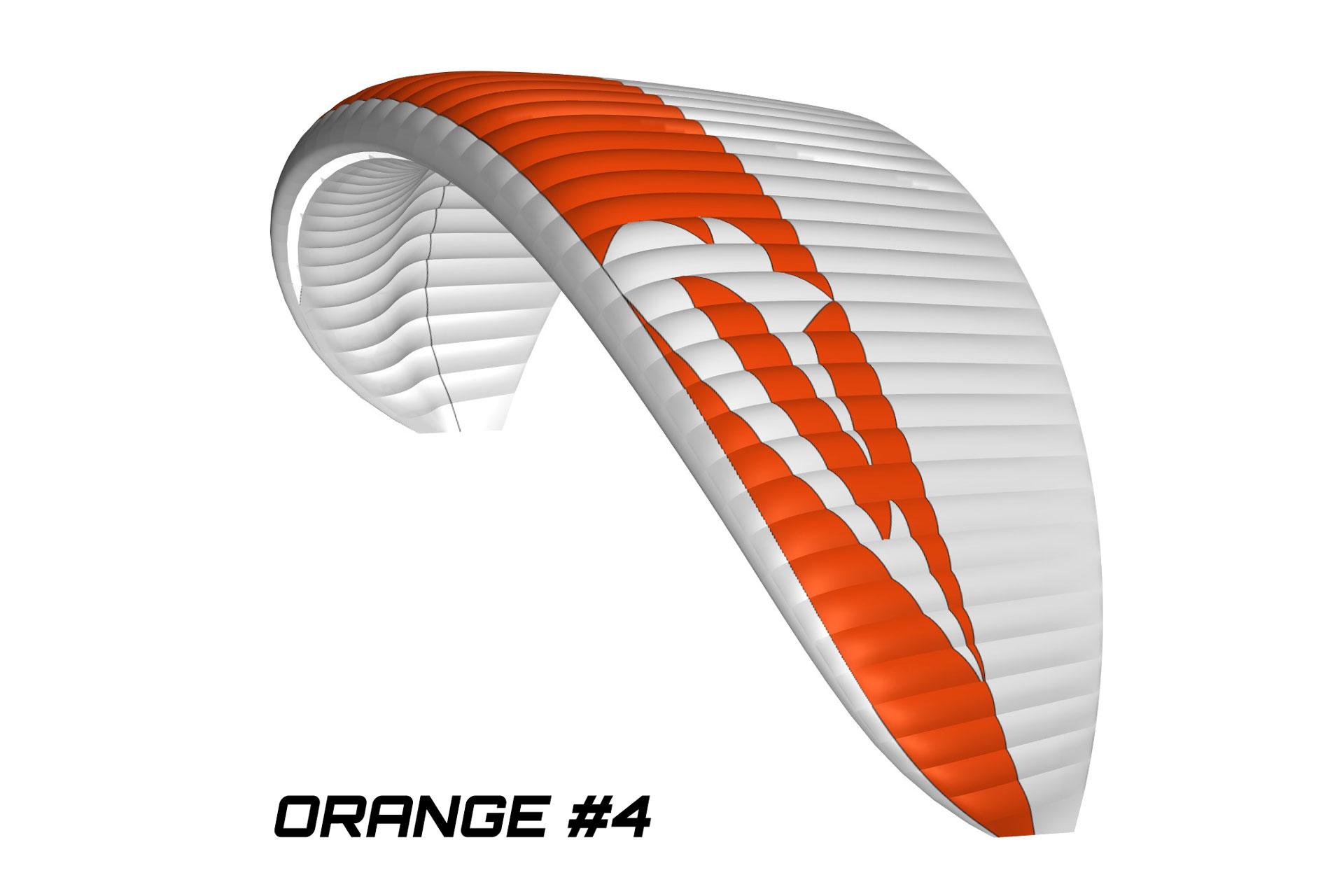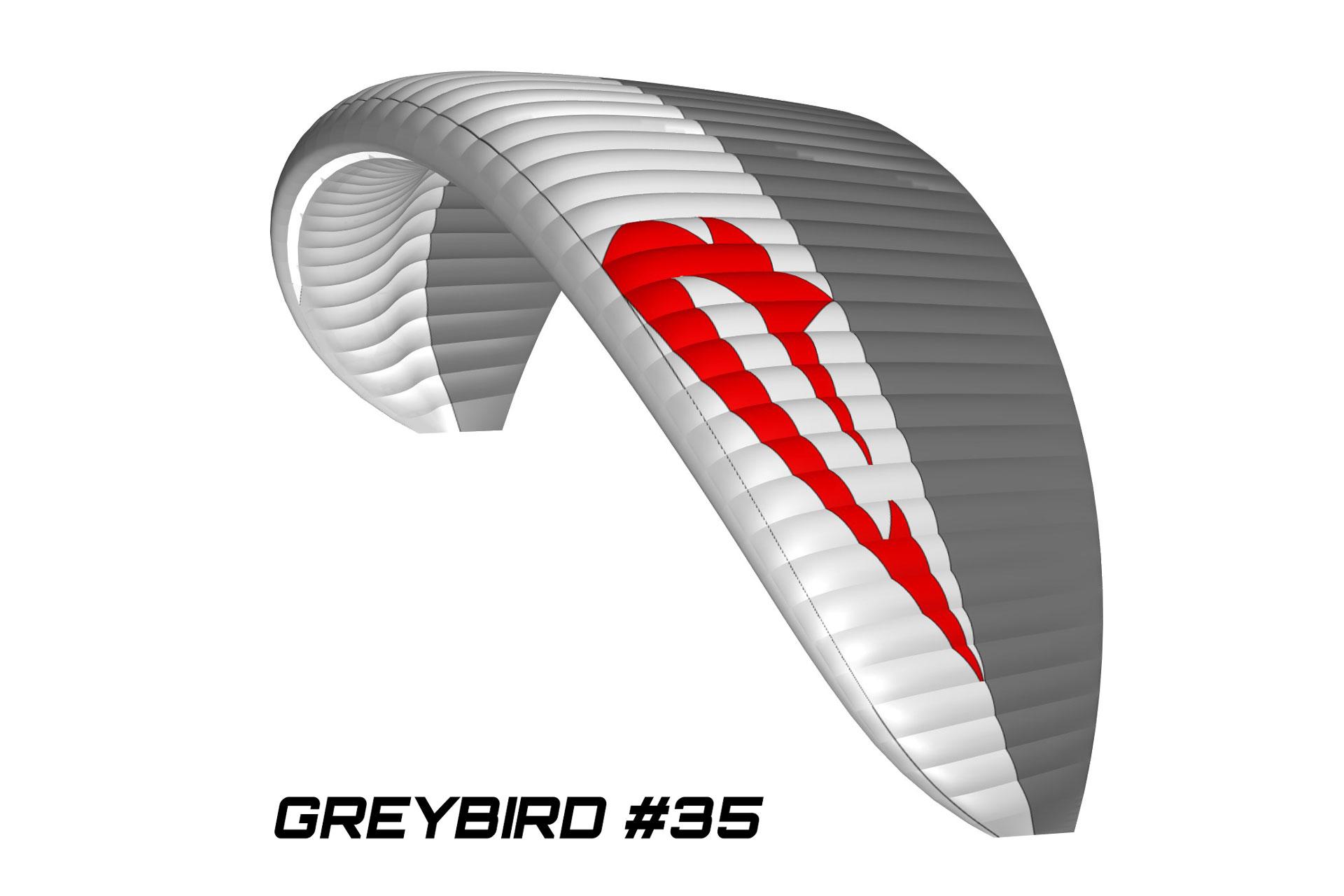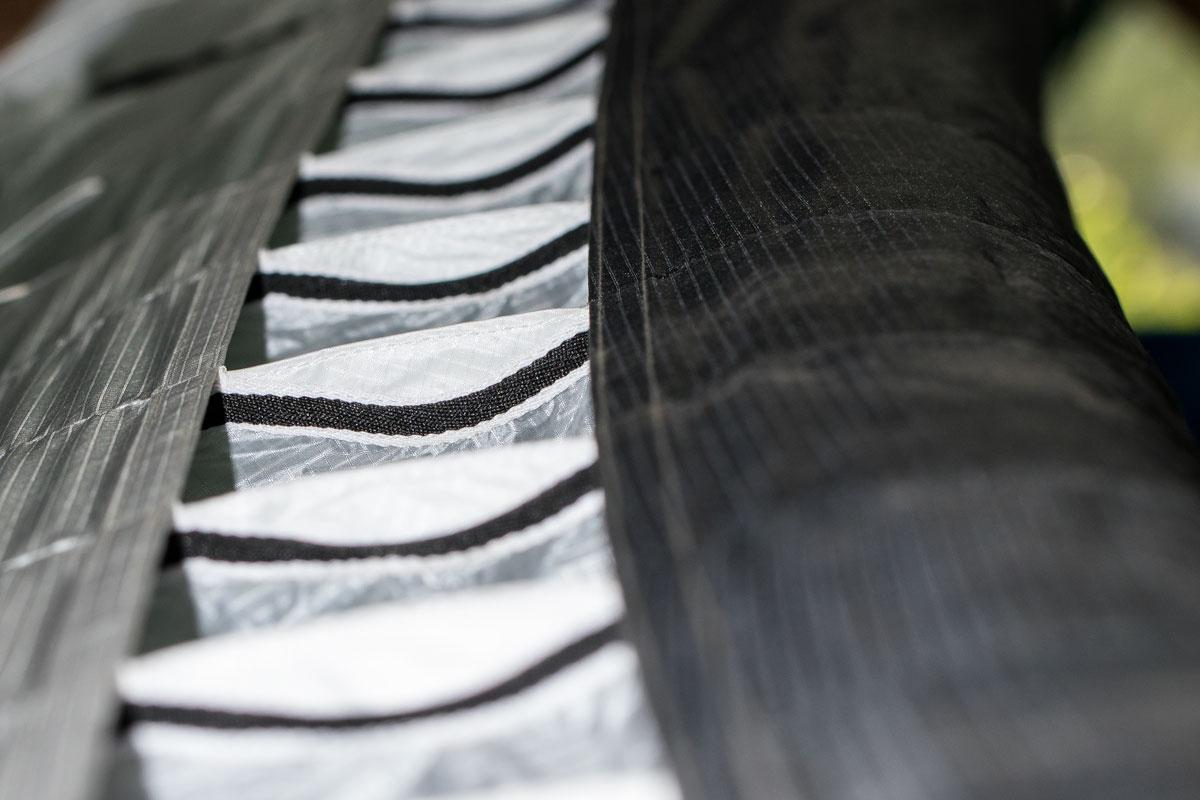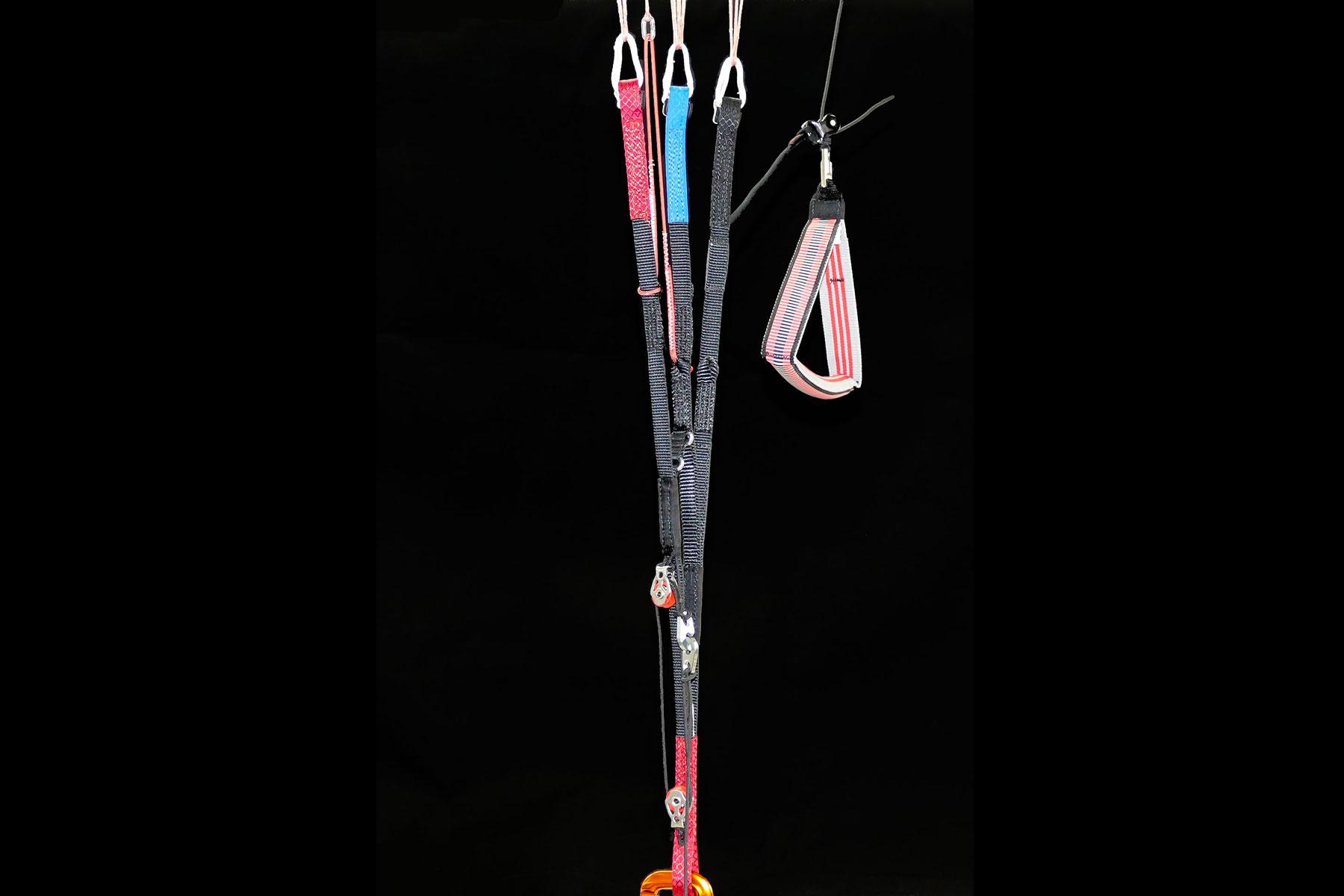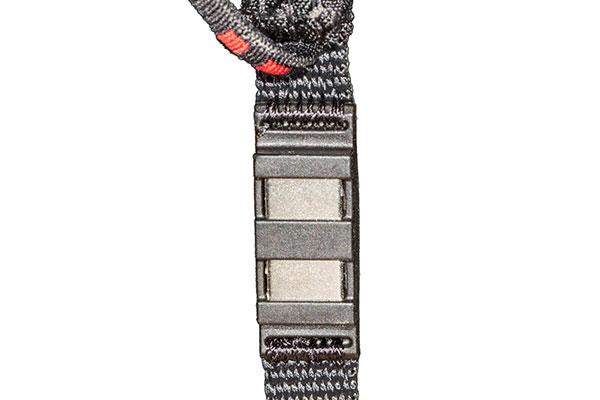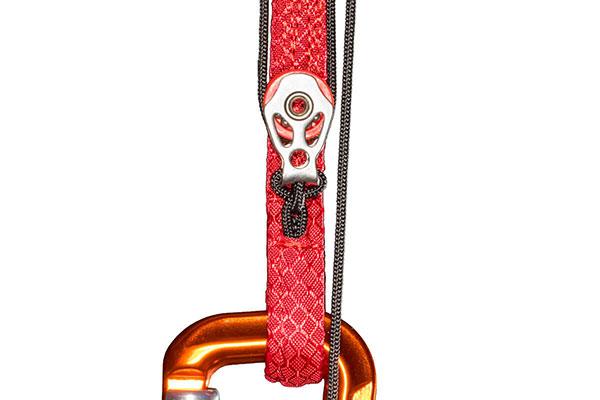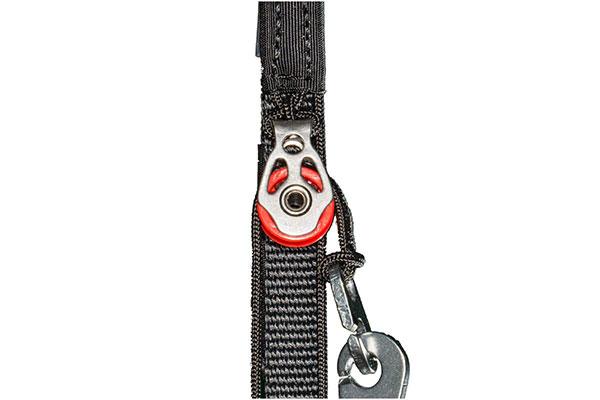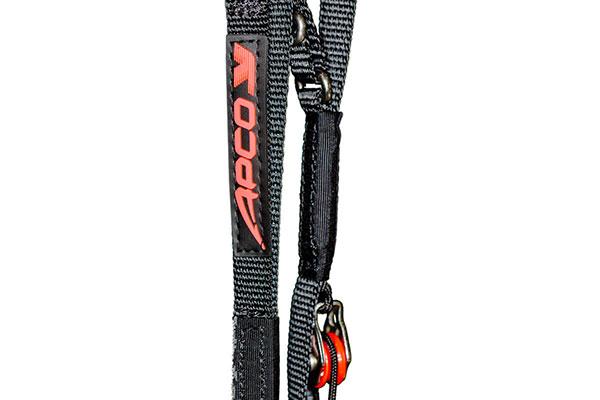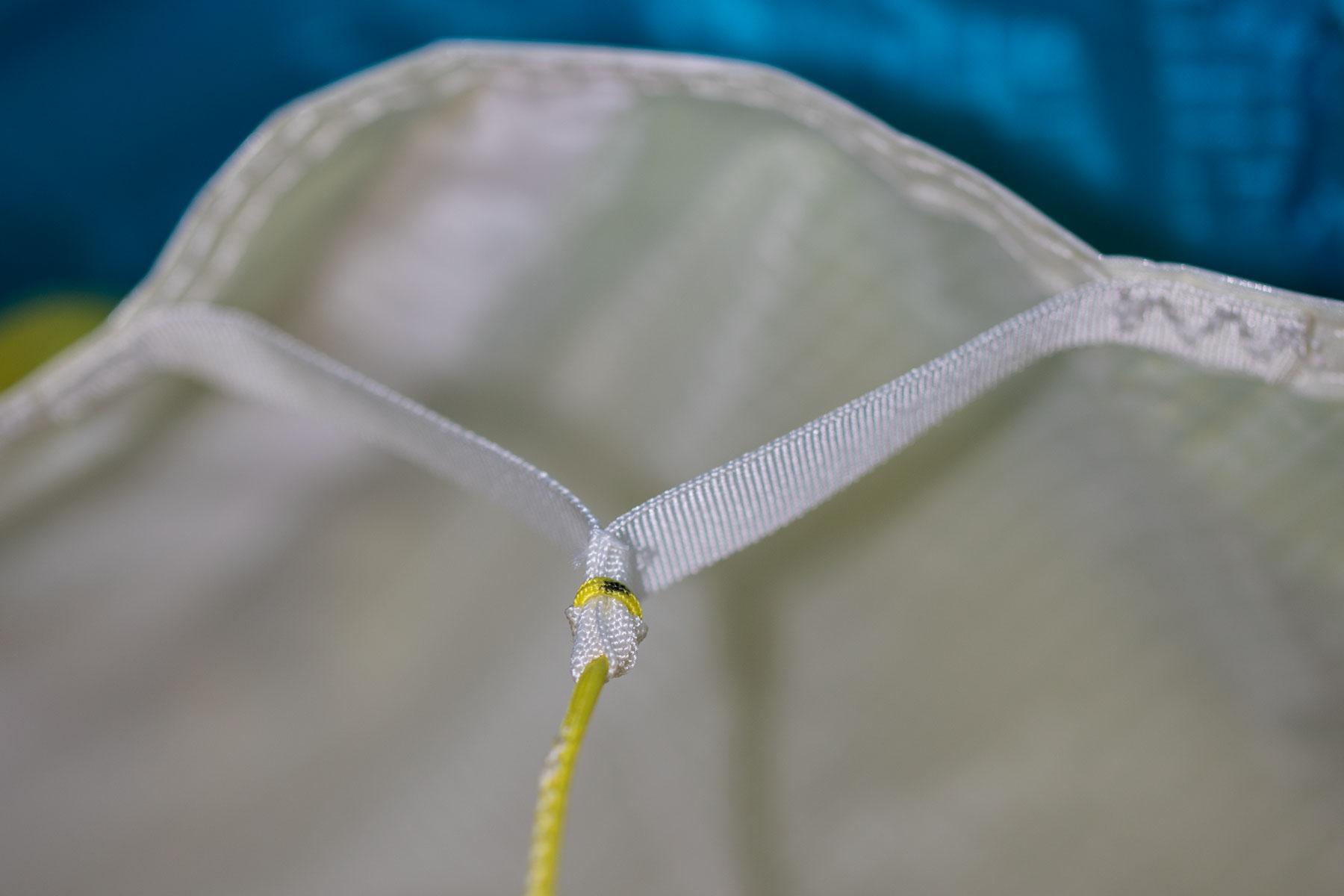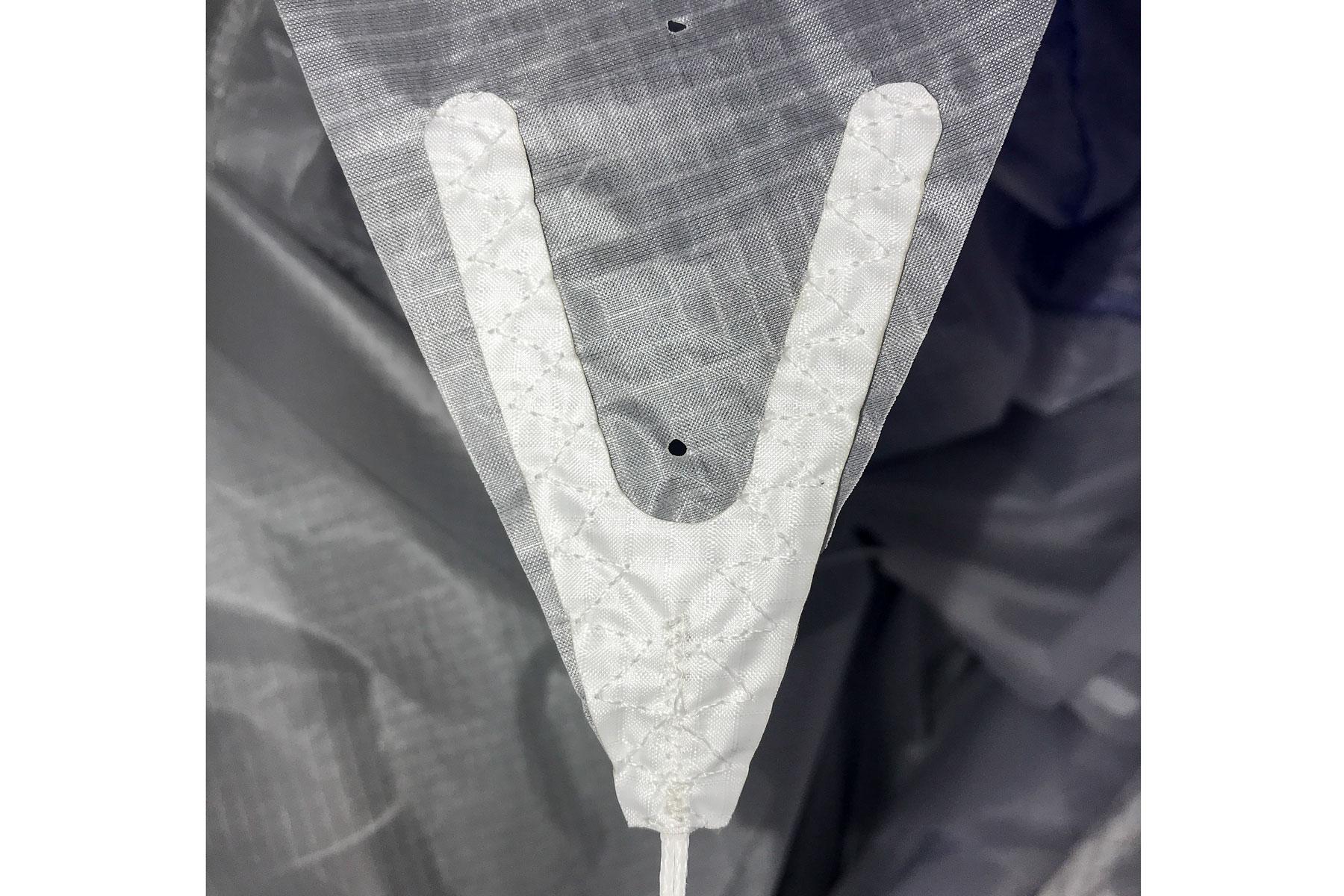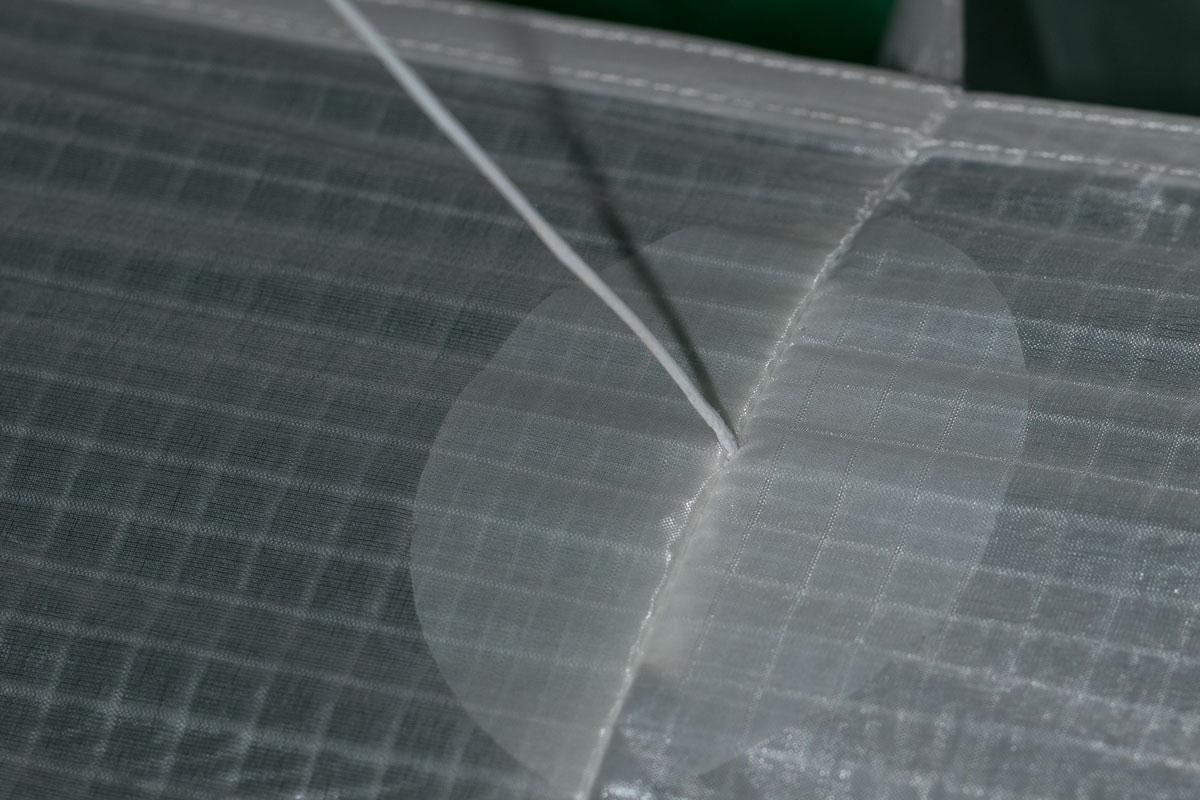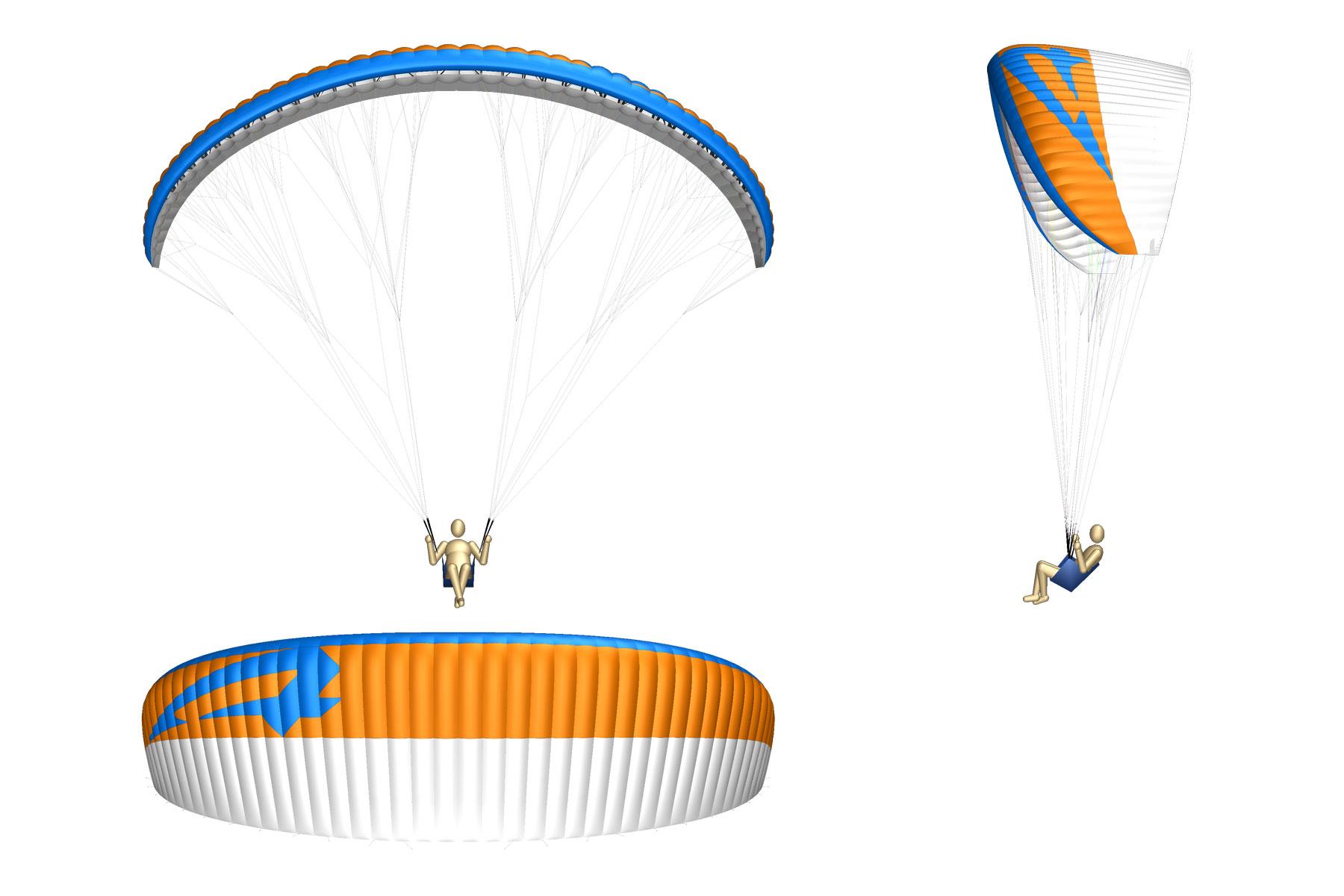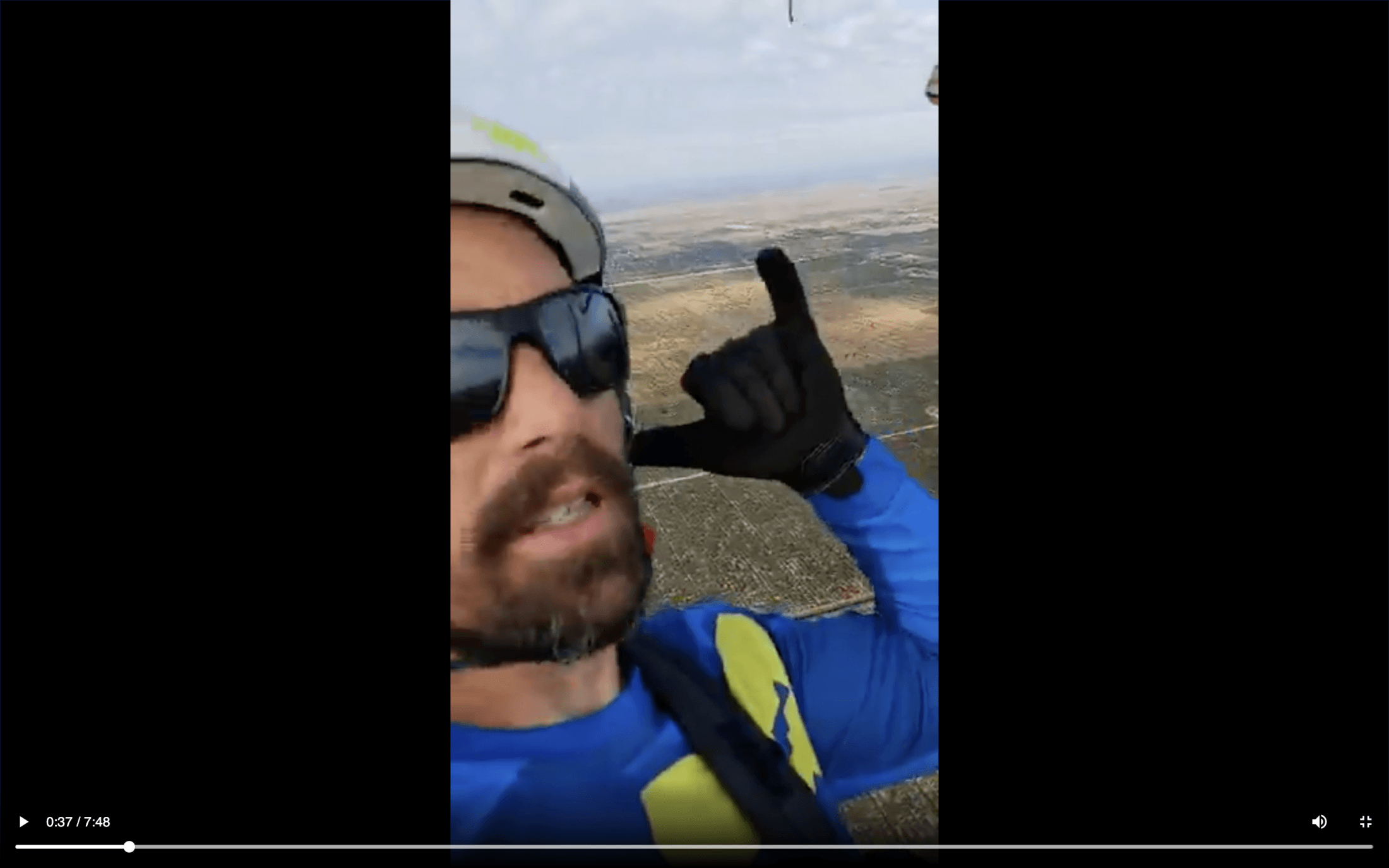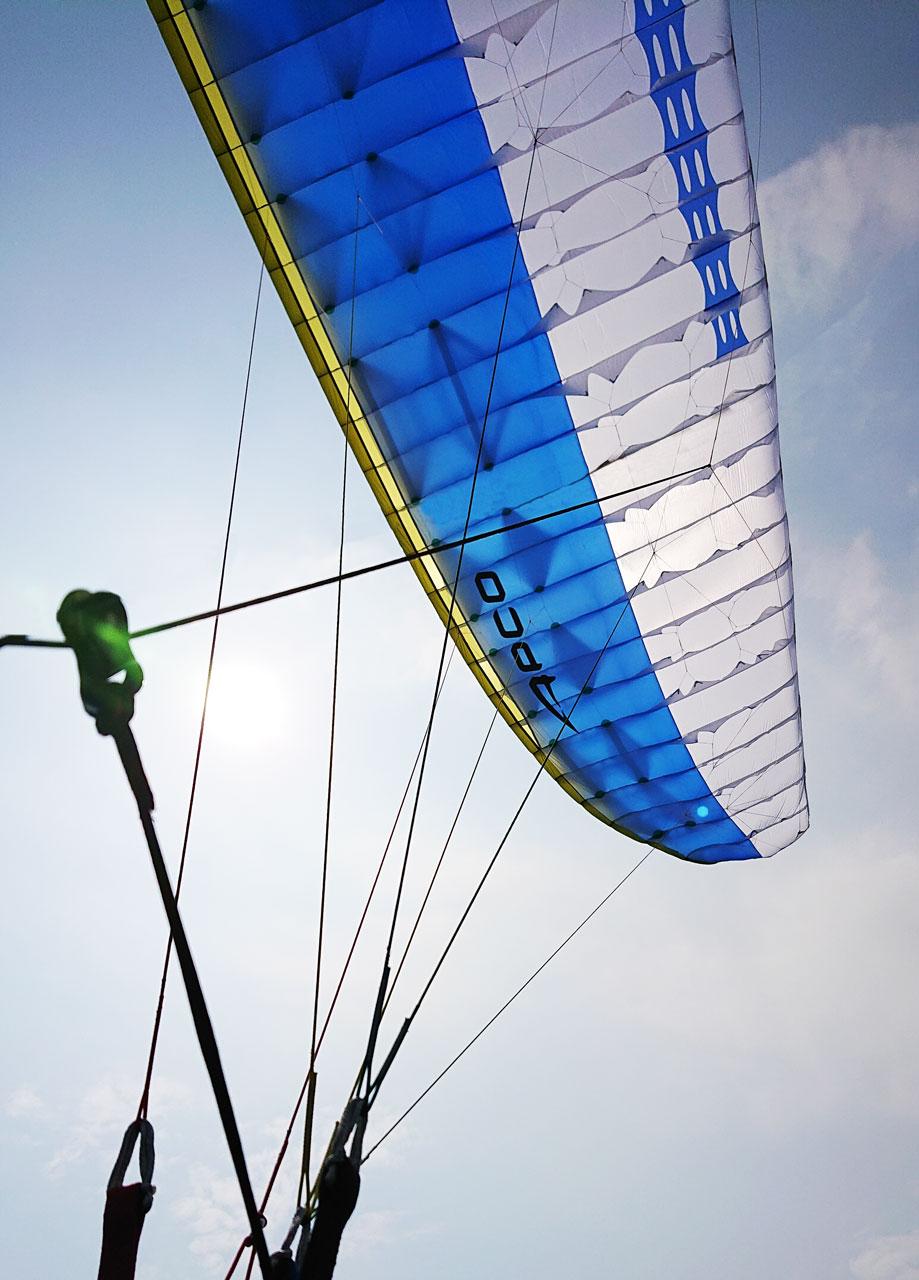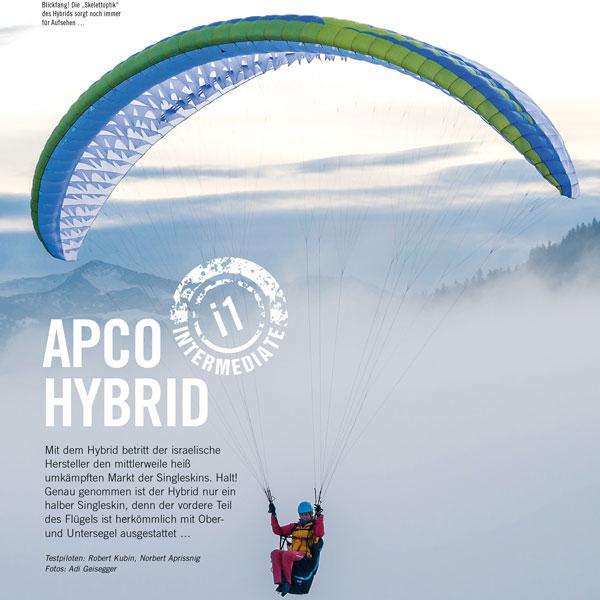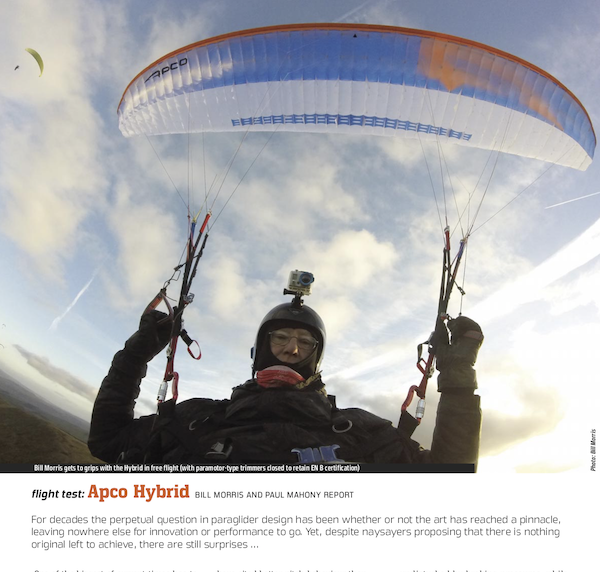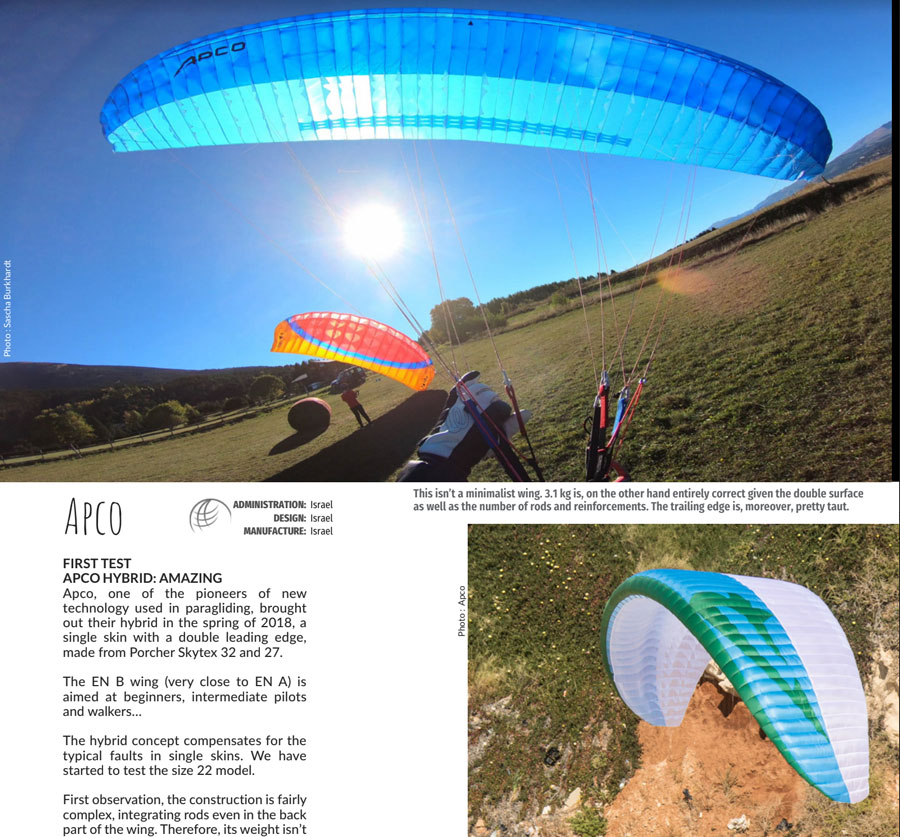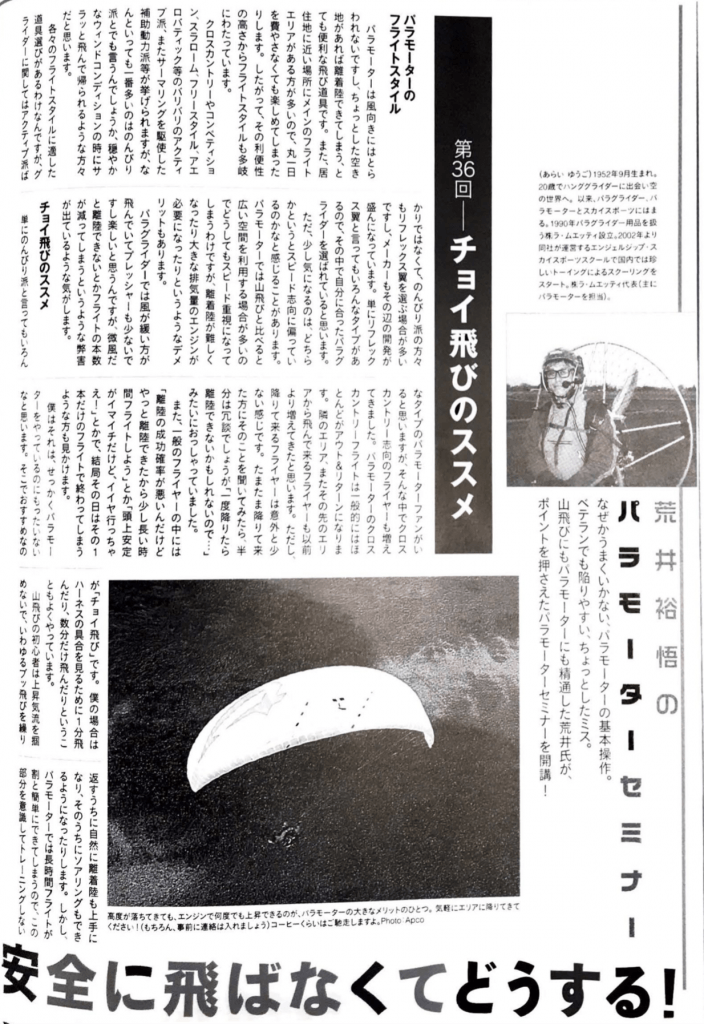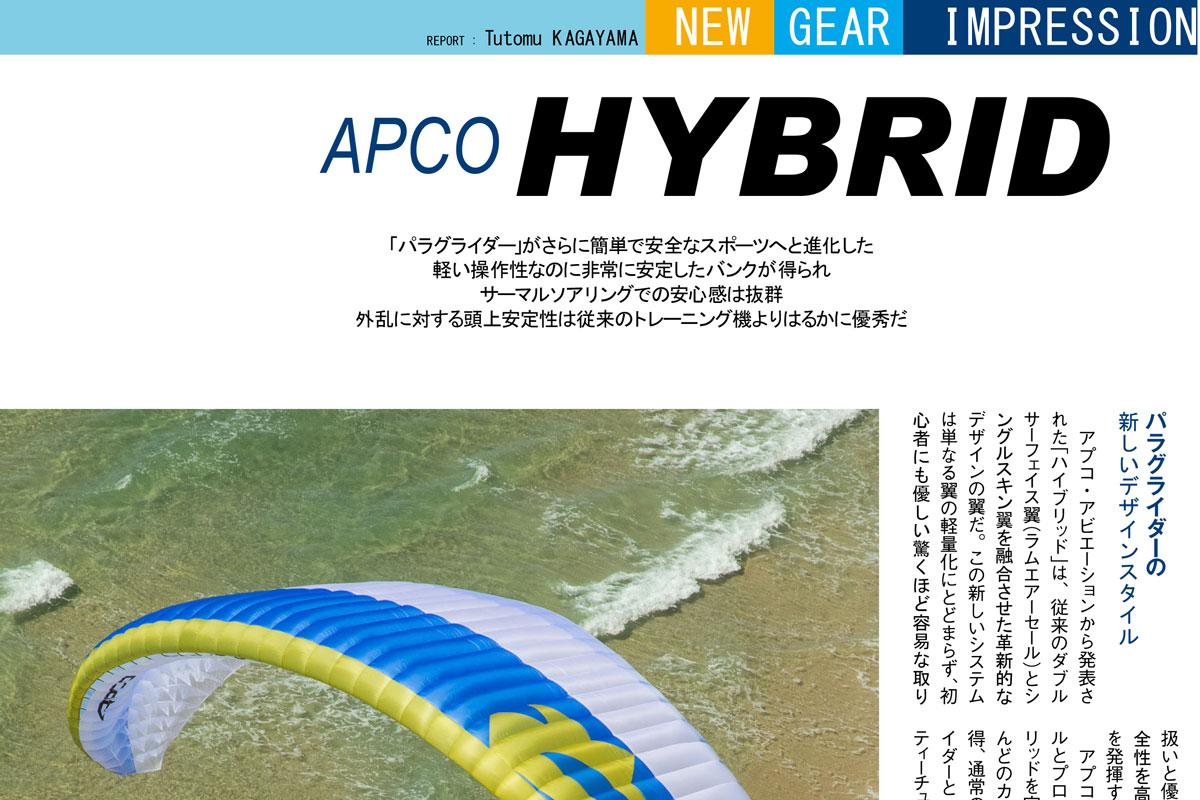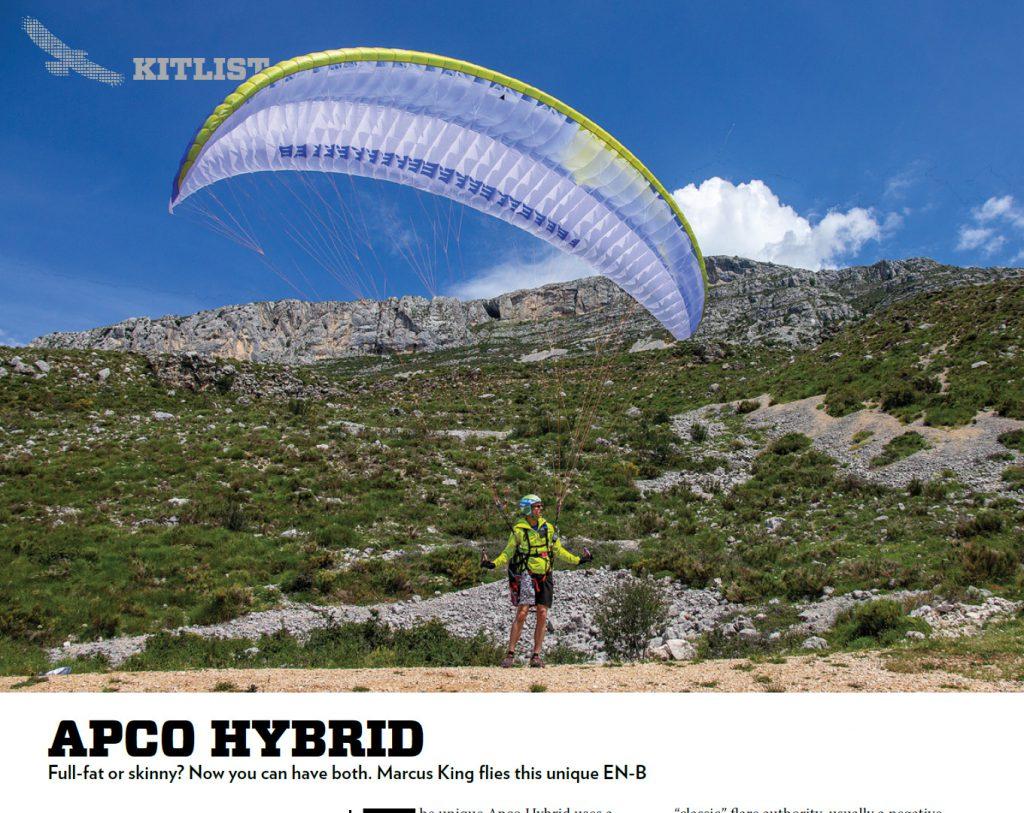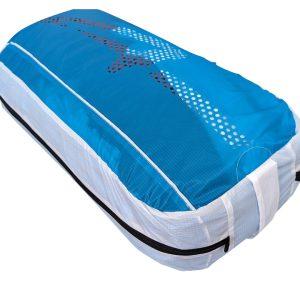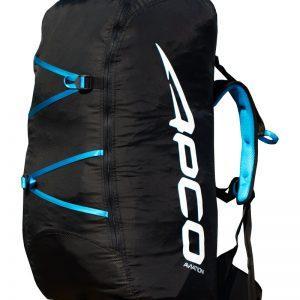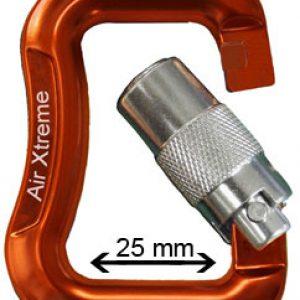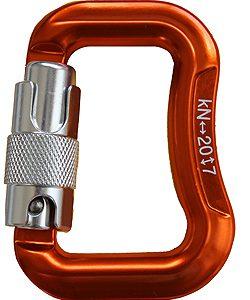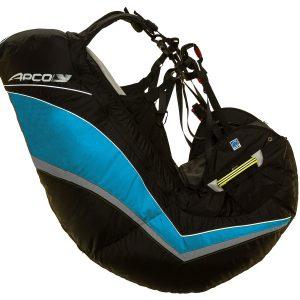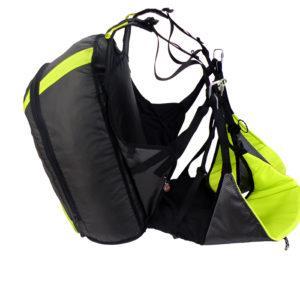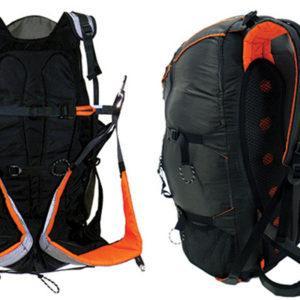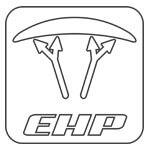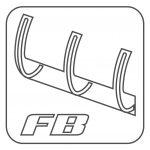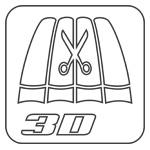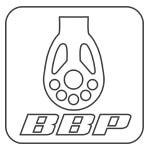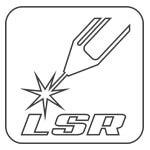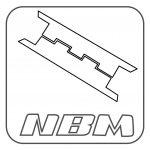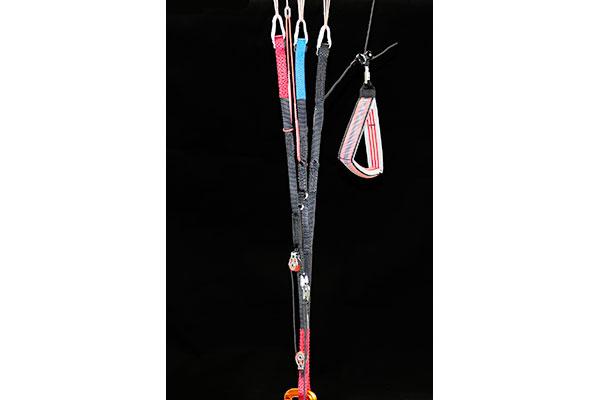Intended for :
A. Schools – from the ground training stage, up to cross country flights with a low B level wing, the Hybrid is a perfect choice!
This is due to extreme ease of use with this unique wing design throughout the entire flight envelope. Flying the Hybrid makes the beginner pilot, a better pilot who will have more success!
B. Hike & Fly – if compared to single skin wings, then this wing has all the advantages – better launch, handling, safety and better flare than single skin alternatives on the market.
Stability – The flight characteristics of this wing can be described as “Ultra Stable”!
This is the most balanced wing you have ever tried in Roll, Pitch and Yaw.
The design of this wing does not allow the canopy to accumulate energy as you are used to on a classic wing design. You will find that the wing resists big wing-overs or “dolphin” movements and returns to level flight almost
immediately after any disturbance caused by turbulence or incorrect input. This is because of the ultra stable characteristics, the wing is constantly damping out energy, aspiring to fly in the lowest energetic level when the pilot is directly underneath the canopy.
The Hybrid‘s unique profile shape results in the center of lift being further forward than other wings – a factor that also makes this wing more collapse resistant throughout the speed range.
Certification – All maneuvers were rated EN-A apart from 2 maneuvers that received the EN-B rating:
- Full front collapse – where the pilot holds the A risers until the Leading edge touches the trailing edge.
- The 75% side collapse – this was rated B only at the maximum weight at maximum accelerated flight (full speed bar)
Both of the above relate to opening time after the maneuver, but to describe wing safety – it is a highly docile wing, with no tendency for surges or high speed, high stress responses.
Thermaling – The next big advantage of the hybrid is during thermaling. The Hybrid has a very good climb rate and thermaling this wing is easier than on other gliders. Firstly the stability of the profile gives confidence as there are no surges, the air feels calmer with this wing and very few pilot corrections are needed.
The Hybrid is NOT a fast wing. The unique profile is optimised to perform well at a lower airspeeds, but this is also where the advantages of the wing come into play.
At slow speeds the Hybrid shaped profile is most efficient (minimum sink rate) which allows flying slowly inside thermals spending more time in “high lift” areas producing an impressive climb rate, especially when considering the small surface area.
Handling – Very good, better than single skin designs, and better than most EN A, B wings. Efficiency of the brakes is superb, with very very low brake pressure! this is due to the fact that the back part is single skin.
Flare – As on a normal wing and better than single skins! (Single skins tend to have poor flare)
Comparing the Hybrid to a mid level EN-B wing you can expect similar performance at trim speed.
The Hybrid will have a slower speed across the speed range and glide at speed bar will be less efficient than on a classic wing, but you will gain on all other aspects of flight:
- Ease of flying and thermaling!
- Hike and fly and XC potential.
- Ease of inflation and takeoff!
- Low weight and packing volume of the wing.
- Active and passive safety!
- Fun Factor – stress free flying!
Conclusion – We believe that this is perfect for schools/weekend pilots (EN-A , B) who need a wing which is easy to use, and for hike and fly pilots seeking more flying potential than on a Single Skin.
